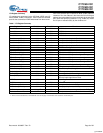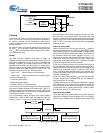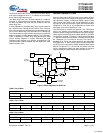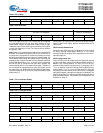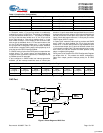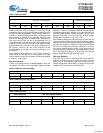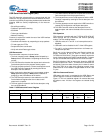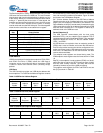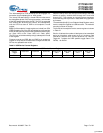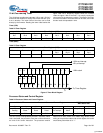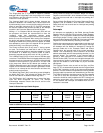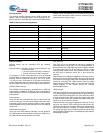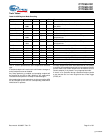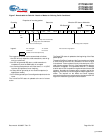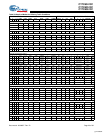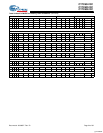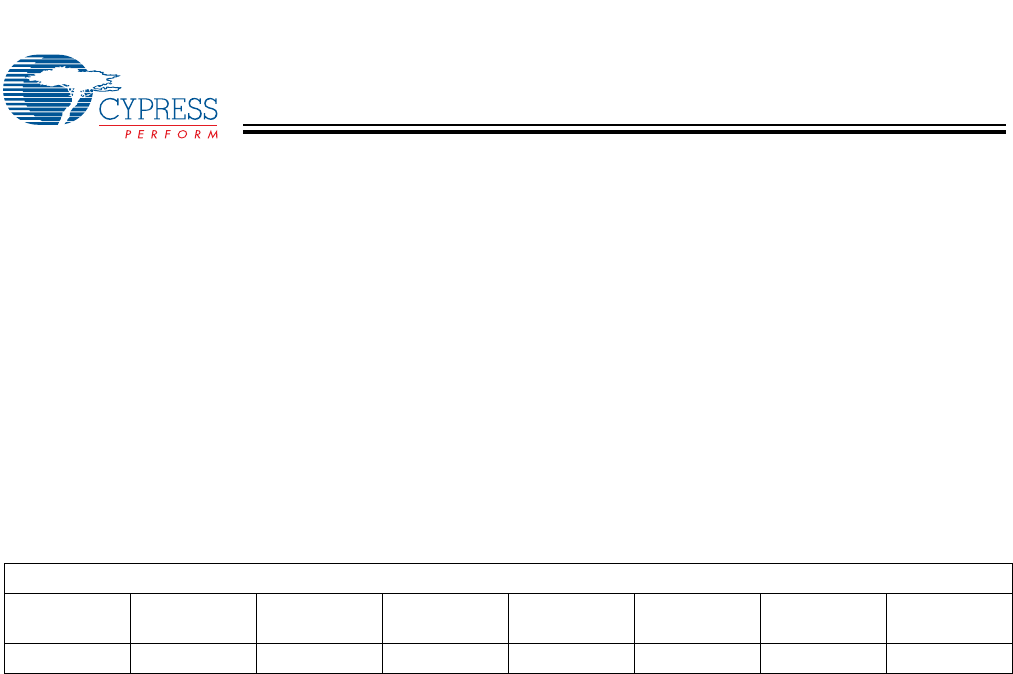
CY7C63413C
CY7C63513C
CY7C63613C
Document #: 38-08027 Rev. *B Page 17 of 32
The ‘Acknowledge’ bit is set whenever the SIE engages in a
transaction that completes with an ‘ACK’ packet.
The ‘set-up’ PID status (bit[7]) is forced HIGH from the start of
the data packet phase of the set-up transaction, until the start
of the ACK packet returned by the SIE. The CPU is prevented
from clearing this bit during this interval, and subsequently
until the CPU first does an IORD to this endpoint 0 mode
register.
Bits[6:0] of the endpoint 0 mode register are locked from CPU
IOWR operations only if the SIE has updated one of these bits,
which the SIE does only at the end of a packet transaction (set-
up... Data... ACK, or Out... Data... ACK, or In... Data... ACK).
The CPU can unlock these bits by doing a subsequent I/O read
of this register.
Firmware must do an IORD after an IOWR to an endpoint 0
register to verify that the contents have changed and that the
SIE has not updated these values.
While the ‘set-up’ bit is set, the CPU cannot write to the DMA
buffers at memory locations 0xE0 through 0xE7 and 0xF8
through 0xFF. This prevents an incoming set-up transaction
from conflicting with a previous In data buffer filling operation
by firmware.
The mode bits (bits [3:0]) in an Endpoint Mode Register control
how the endpoint responds to USB bus traffic. The mode bit
encoding is shown in Section .
The format of the endpoint Device counter registers is shown
in Table 21.
Bits 0 to 3 indicate the number of data bytes to be transmitted
during an IN packet, valid values are 0 to 8 inclusive. Data
Valid bit 6 is used for OUT and set-up tokens only. Data 0/1
Toggle bit 7 selects the DATA packet’s toggle state: 0 for
DATA0, 1 for DATA1.
Table 21.USB Device Counter Registers
Addr: 0x11, 0x13, 0x15 USB Device Counter Registers
Data 0/1
Toggle
Data Valid Reserved Reserved Byte count
Bit 3
Byte count
Bit 2
Byte count
Bit 1
Byte count
Bit 0
R/W R/W R/W R/W R/W R/W R/W R/W
[+] Feedback



